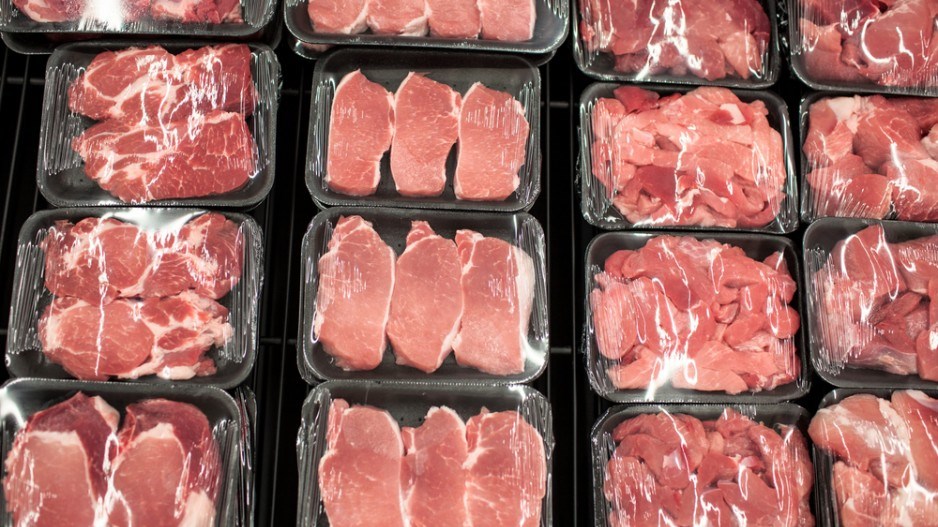If you have noticed your grocery bill going up over the past year, you are not alone.
Inflation in Canada was up for the third consecutive month in July, Statistics Canada announced August 21. The Consumer Price Index (CPI) increased 1.3% year-over-year in July after a 1.0% rise in June. This was led by a 3.1% jump in the price of food after June saw growth of 3.4% in this category.
The most dramatic increase was a 6.1% rise in the price of meat; in June, meat prices were up 6.6% year-over-year.
Once again, lower energy prices kept overall inflation down. Year-over-year, energy costs were down 7.4%.
“The declines were largely the result of gasoline prices, which were 12.2% lower than 12 months ago,” TD Economics’ Brian DePratto said in a note to investors.
“However, [the effect of lower energy prices overall] has moderated through the past three months, as the effects of past price movements work their way through the index.”
Excluding energy, inflation was up 2.2% nationwide.
Core inflation, which excludes the most volatile categories out of the consumer price index including fruit, vegetables, mortgage interest and natural gas, increased 2.4%.
“We look for core to stay stuck above 2% well into the next year as the sagging Canadian dollar pressures plenty of other prices,” said Douglas Porter, chief economist, BMO Financial Group.
Prices for clothing and footwear increased 1.3%, led by a 1.2% rise in the cost of women’s clothing
British Columbia had inflation of 1.0% in July, year-over-year, after an increase of 0.8% in June. Saskatchewan led the country with 1.9% price growth in July. The only province to see prices contract was Prince Edward Island, where the CPI fell 0.1%.
Paul Ferley, assistant chief economist for RBC Economics, said the Bank of Canada will likely be cautious about further stimulating the economy.
“It is still likely the case that the next move by the Bank of Canada will be more influenced by near-term economic growth,” Ferley said.
“Our expectation is that as exports start to respond more strongly to a rebounding U.S. economy and weakening Canadian dollar, positive growth will resume in the third quarter of 2015 after disappointing declines during the first half of the year.”
Ferley said Canada’s central bank will likely hold the overnight rate at 0.5% for the rest of the year and into 2016.
As of press time, the Canadian dollar had fallen almost half a cent to 76 cents U.S.




